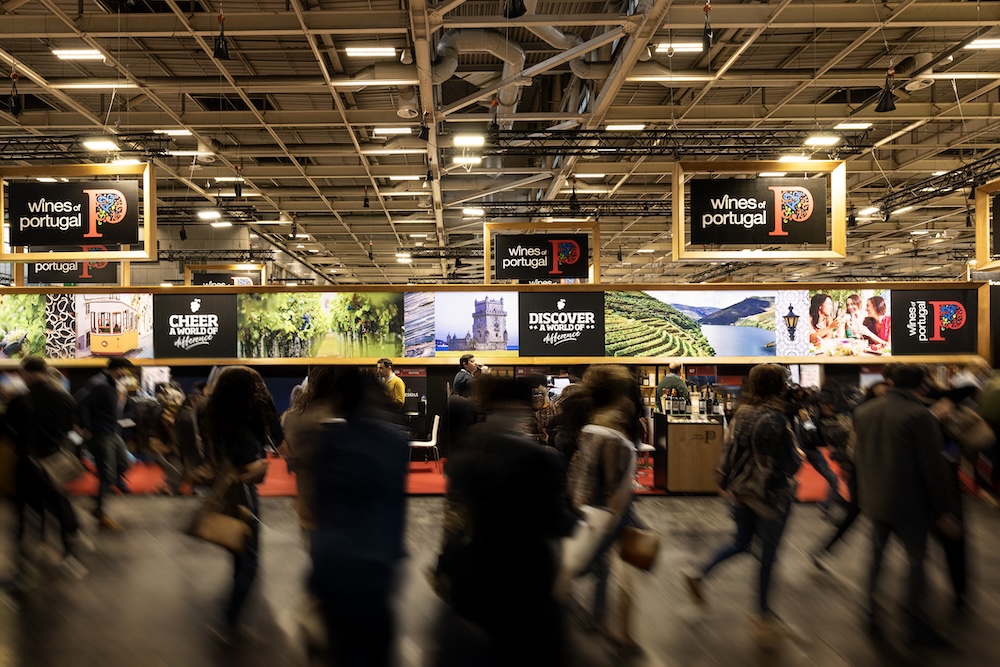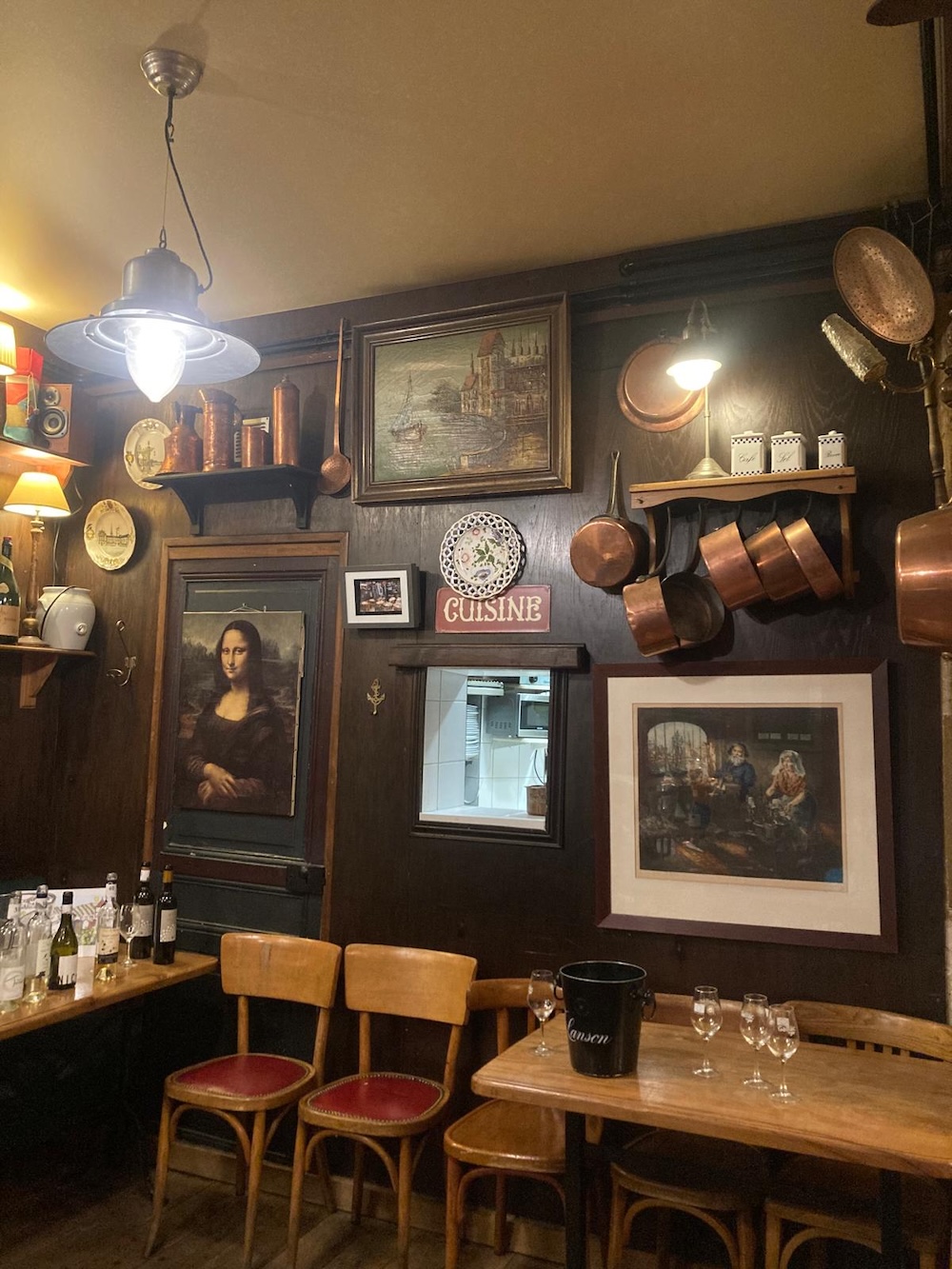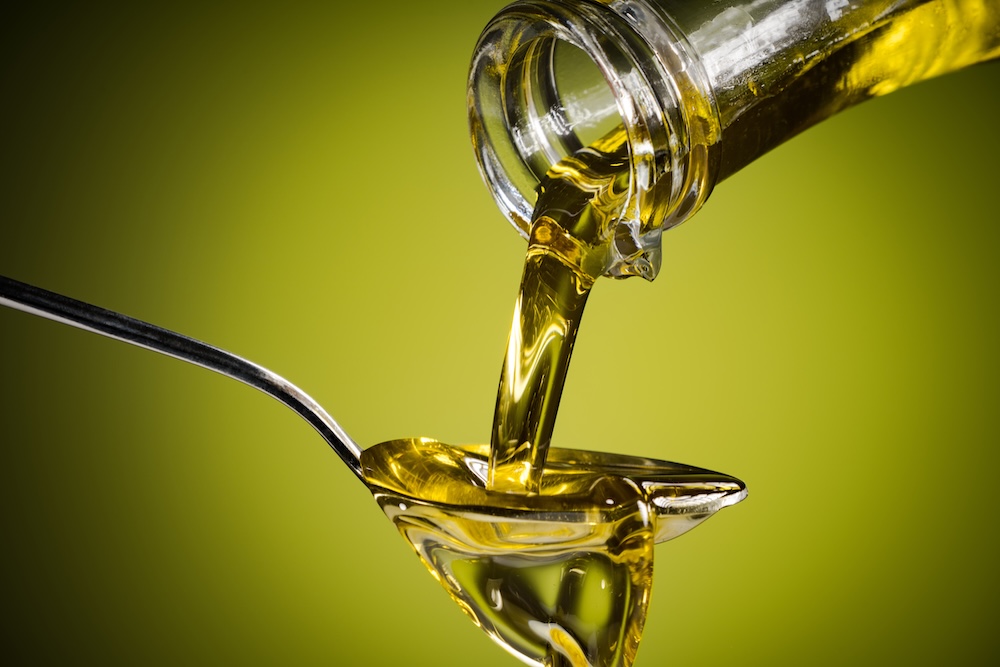
Discovery

Discovery
By Christelle Zamora, Photographs: courtesy of the estates, posted on 20 June 2022
From vineyard to bottle, Terra Vitis guarantees that traceability, organisation and environmental man-agement run seamlessly on farms that apply sustainable techniques. The French certification scheme is increasingly gaining traction, primarily because it takes on board new social responsibility standards.
Established in Beaujolais more than two decades ago, Terra Vitis blazed the trail for sustainability in the wine industry. At the time, neither social nor environmental pledges were of great interest to consumers. But already, visionary winegrowers in Beaujolais thought that protecting soil life, securing a better balance between farmland and natural surroundings, guaranteeing compliance with standards and protecting employees were missions that contributed, not only to the common good, but also to the vitality of their estates.

Terra Vitis is a French certification scheme entirely designed for the wine industry and recognised by the Ministry of Agriculture and Food.
The growers were in fact ahead of the Corporate Social Responsibility or CSR curve. A few months ago, Anne-Laure Ferroir took over at the helm of National Federation of the Terra Vitis Association. As a young energy engineer, she travelled extensively in China and the United States before taking a Master's degree specialising in the wine trade and marketing at the Dijon business school in Burgundy. Her dissertation focused on producing wine in a more responsible and sustainable way.
“I share the values advocated by the Terra Vitis association since its inception. Contrary to what people might think, the environmental impact of producing a bottle of wine sustainably is greater at the bottling stage than in the vineyard. Producing a bottle of wine requires raw materials (silica), and glass making furnaces operate at very high temperatures. Lastly, transporting bottles is also very energy intensive”, explains Ferroir. In France, 5% of vineyard area is Terra Vitis certified across 220 appellations and PGIs, totalling 45,000 hectares. “Our members include some of the leading lights in the French wine industry, such as Château de Santenay, one of the most famous estates in the Côte de Beaune in Burgundy, Château Pape Clément (Pessac-Léognan Grand Cru Classé) and Château Montlabert, a Saint-Émilion Grand Cru”, she adds.


Terra Vitis has coverage in seven wine regions, boasts 1,876 members and has established itself as a wine industry-focused certification system. “We have seen significant growth over the last five years, with a surge in Bordeaux and Languedoc, and smaller regions such as Jura becoming involved in the Terra Vitis scheme”, comments Ferroir. Other areas such as Savoy and Corsica have yet to be brought on board. Terra Vitis' ambition for 2021 and 2022 is to continue to help French vineyards make the switch to more responsible techniques; to enhance traceability on both the supply and marketing sides; and to improve awareness of the scheme among French and international distributors and consumers.
In the Gard area of southern France, Claire Clavel took over her 80-hectare family estate. With such an extensive area under vine, she did not consider going down the organic route but rather sustainable farming, securing Terra Vitis certification in 2010. Such are the standards required for the certification, however, that she has been able to start farming one of the estate’s blocks organically. “In practical terms, I have been able to apply plant protection products with greater sensitivity, treat my soils better so that there is a lot of life in them, and improve control over vineyard spraying. The amounts used are now so small that analyses show that my wines contain no pesticide residues in certain vintages”, she claims. Clavel is experimenting with a 15-hectare plot of land farmed organically and every day she can see how biodiversity is being protected. “Most importantly, I keep a waste register on the farm and in 2019, I was able to build on my achievements by securing HVE endorsement. I am proud of the progress I have made”, she says.

Terra Vitis certification therefore guarantees consumers the wines have been grown sustainably. In fact, Terra Vitis is one of the major environmental endorsements used by the French wine industry, alongside the organic AB trust mark. “Terra Vitis is both a certification scheme and an association that supports its members as they seek recognition for good practice. The association gives them the resources to achieve this and produce wines more responsibly. This is an aspect that differentiates it from the AB endorsement. Terra Vitis imposes stringent quality standards”, says Ferroir, who also stresses that what distinguishes Terra Vitis from organic certifications is that it is specific to winegrowing.

“HVE is an environmental standard that applies to farms in a more holistic way and is not specifically geared to viticulture. Organic certification was designed to apply to a number of products such as wine, cosmetics and foodstuffs. For the three extensive scopes of application that are environmental commitment, social responsibility and economic sustainability, Terra Vitis certifies compliance with stringent and measurable specifications that give structure to wine farms based on accountability and progress”, explains Ferroir.
The scheme embraces the vineyards, plant protection strategy, biodiversity and the winery. Terra Vitis was a forerunner for waste management and recycling, because good waste management has an impact on water, air and soil pollution. Philippe Raimbault, who inherited his 17-hectare family estate in the Loire appellations of Sancerre, Pouilly-Fumé and Coteaux du Giennois offers an illustration of the scheme’s benefits.

His vineyard management techniques were already bordering on organic. “Due to the weather, it is more challenging to produce organic wines in the Loire, so I looked for an alternative. Terra Vitis was a precious ally. The first year I complied with requirements and the second, in 2015, I was certified. My decision was motivated by my closeness to nature and desire to protect biodiversity. For me, it was an obvious choice”, he stresses.

In the Tarn, father and son winegrowers Jean-Marie and Jérôme Bézios are co-owners of Domaine La Croix des Marchands, a 30-hectare estate located in Montans on the left bank of the Tarn. They also own Château Palvié (20 ha) on the right bank in Cahuzac-sur-Vère. “We farm both types of vineyard sites in the Gaillac appellation area and heirloom grape varieties. Our wines are fruity on the left bank, and more complex when grown on the gravelly soils of the right bank. For the past ten years, we have chosen to work with Terra Vitis because we want to produce wines from living soils. We have also been certified HVE for the past three years”, says Jérôme Bézios.


The estate has worked hard on crucial environmental issues. “We promote Terra Vitis as much as possible so that our customers can understand our approach both in the vineyard and the winery, where every year we give thought to reducing our sulphur inputs, both on the crop and during maturation. Dry materials are chosen based on their potential for recycling. We use recyclable cardboard and washable inks. We also favour locally-produced supplies. Our bottles, for example, are made in the Tarn region where the Ouvrière d'Albi, glassmaking company has a strong commitment to the environment through its Ecova trust mark and uses recycled glass to make new bottles”, explains Jérôme Bézios.
At Château Thieuley in the Entre-deux-Mers region, winegrower Marie Courselle adds: “Terra Vitis has enabled me to put some good farming wisdom back into the techniques I use. I do what I say, and I say what I do. This total transparency regarding the way we work is a real bonus for consumers”. That’s because specifications for the Terra Vitis endorsement contain 77 inspection points. The inspections are carried out either by the local Terra Vitis association or by an independent, approved body, guaranteeing professionalism and transparency. Each winegrower is thus certified annually based on a defined inspection plan. “One person is dedicated to tracking every stage of production and the number of operations in the vineyard throughout the year. To become Terra Vitis winegrowers, we had to make a major effort to track everything”, explains Bézios.
Information and idea sharing amongst winegrowers is pivotal, as is the support of the chambers of agriculture. “Since being certified, we have stopped working preventatively. Now, we only intervene in the vineyard when the quality of the fruit is in jeopardy. Along with other winegrowers, we have given thought to installing bat roosts, which are very useful for protection against pests. We will install the roosts by next year. We are also sharing ideas about composts and soil fertilisation”, adds Bézios.
Out in the vineyard, Terra Vitis encourages winegrowers to protect the environment by favouring natural processes, limiting vineyard interventions, producing healthy grapes, preserving biological diversity and the quality of the water, air and soil. “On top of this is the Corporate Social Responsibility (CSR) aspect. As part of Terra Vitis certification, the social aspect is vital. Managing production, work, living conditions and employee training is essential. Social responsibility has been part of Terra Vitis specifications since its inception so that winegrowers can learn how to produce better, in a responsible manner, show respect for people and the environment while ensuring wine farms remain economically sustainable”, stresses Ferroir.
In the Fleurie area of Beaujolais, Sylvain Paturaux's estate was established in 2020. An engineer, he studied at Bordeaux Sciences-Agro and specialises in viticulture and oenology. After teaching in agricultural high schools and at the vocational centre for agricultural training and promotion, he founded Domaine des Deux Fontaines and was asked to become chairman of Terra Vitis for Beaujolais. "What appeals to me with Terra Vitis is the holistic approach to certification, at every stage, from planting the vineyards to bottling and then marketing the wines, in the interests of the economic and social wellbeing of employees. Also, Terra Vitis provides for training and therefore progress in farm management”, he explains.

In Beaujolais, as in other wine regions, the number of members has been increasing in recent years. Anne-Laure Ferroir points out that 2% of Alsace vineyards, 5% of the Côte des Bars, 8% of Beaujolais vineyards, 2.5% of Burgundy vineyards and 5% of Chablis vineyards have switched to Terra Vitis. Other regions deserve a mention too - 7% of Jura vineyards are certified Terra Vitis, but also 8% of Bordeaux, 11% of Languedoc, 6% of Centre Loire and 2.6% of Provence.
“As winegrowers, our discussions are currently focused on energy consumption, waste recovery, the social responsibility of the company as regards its employees, and then social responsibility on the supply side and marketing aspect with our suppliers and customers. Issues regarding a reduction in plant protection products have become part of our culture”, claims Sylvain Paturaux. As a new winegrower, he feels Terra Vitis is a way of raising awareness, because the scheme provides a framework, which is essential for planning a business, particularly from the outset.

In his opinion, Terra Vitis offers a support solution for young winegrowers to help them manage their business more professionally. “Obviously, there is a cost involved, of around €2,000 in the first year, but it is such a time saver afterwards. We still have to work on the monetisation of Terra Vitis-labelled wines. It’s a very topical issue. Our task now is to better inform consumers about what we do. At local level, producers’ organisations are now asking us to help draw up specifications for appellation wines and INAO has realised that these must include environmental standards”, explains Paturaux.
Anne-Laure Ferroir has made frequent trips to the United States and China and explains that access to some markets is contingent upon endorsements and environmental requirements. Currently, monetisation mostly involves organically certified wines. Conversely, Terra Vitis certification can open doors in the Nordic markets, such as Scandinavia, which prizes sustainably certified wines. Terra Vitis-certified wines are also listed in the Finnish and Norwegian markets. Across the region, sustainable sourcing is already a major issue.
Although Terra Vitis is less likely to yield higher prices in the American market, Quebec has already incorporated the endorsement because environmental issues and social responsibility are high on the agenda of the Quebec Liquor Board (SAQ), a provincial monopoly. Back in France, incorporation of environmental measures into production specifications for appellations is on the cards. “In the future, producers may be required to achieve a certain level of environmental certification. Terra Vitis could be a prerequisite for access to environmental endorsements such as HVE. The issue is currently being examined in the Médoc and Saint-Émilion. In 2020, some aspects of HVE specifications were incorporated in a very formal way. The Terra Vitis audit is more comprehensive because not only does it involve nearly eighty points from the vineyard to the winery, it also includes four HVE items. Terra Vitis certification is therefore more restrictive”, says Ferroir.


This is an advantage internationally. “The significance of the Terra Vitis endorsement in export markets is increasing. Environmental trust marks are very much in demand. They help us stay credible, secure and formalise our environmental pledge. Even though there is still work to be done on promoting Terra Vitis-certified wines, the fact that the endorsement incorporates corporate social responsibility is a real advantage in export markets”, concludes Jérôme Bézios at Domaine La Croix des Marchands in Tarn. Just recently, at the Wine Paris trade fair, Les Grands Vins de Bordeaux, one of the first three Bordeaux wine shippers established in 1820, changed its name to Maison A. de Luze, after its founder Baron Alfred de Luze. The change coincides with the launch of an ambitious CSR programme, echoing the firm’s concern for the environment already demonstrated in Terra Vitis certification for some of its wines. From now on, the brand's labels will be signed and its partner chateaux will display the De Luze name on the foil capsule and back label. “In 2019, we reviewed the way we market some of our red, white and rosé Bordeaux ranges. Across our sales channels, 375,000 bottles sport the Terra Vitis logo on the label. The certification complements other endorsements such as HVE or organic for our wines. Terra Vitis is meaningful to consumers and resonates with their sense of belonging in an era of ‘drinking local’ and environmental ethics. Terra Vitis opens up monopoly markets for us because the trust mark is well-known and recognised there. The Terra Vitis logo applies to our 2019 vintages and 60% of our wines are HVE or Terra Vitis-certified. We believe that organic is not the only answer to environmental and social issues”, claims Xavier Migeot, CEO of Maison A. de Luze.


Discovery

Discovery

Discovery